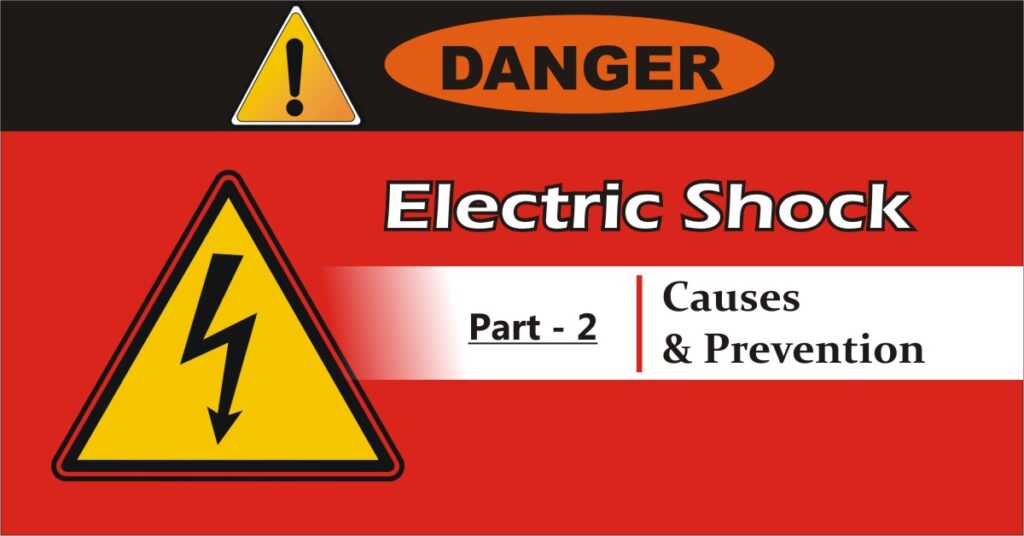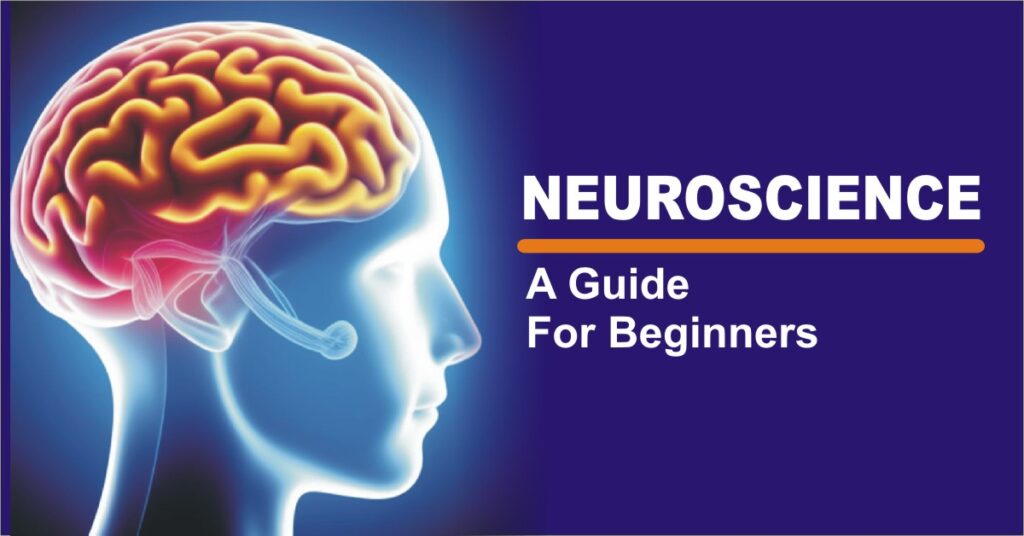Introduction To Electrical Shock Hazard
The equipment’s used in medical practice have to operate in special environments, which differ in certain respects from the others. A patient may not be usually able to react in the normal way. He is either ill, unconscious, anaesthetized or strapped on the operating table. A considerable natural protection and barrier to electric current is provided by human skin.
In certain applications of electromedical equipment, the natural resistance of the skin may be by-passed by placing catheter in the heart. Electromedical equipment, e.g. pacemakers may be used either temporarily or permanently to support or replace functions of some organs of the human body .The environmental conditions in the hospitals, particularly in the operating theatres, cause electrical shock hazards due to the presence of anesthetic agents, humidity and cleaning agents, etc.
Broadly speaking, there are two situations which account for electrical shock hazard.
They are (i) gross shock and (ii) micro-current shock. In the case of gross shock, the current flows through the body of the subject, e.g. as from arm to arm. The other case is that of micro-current shock in which the current passes directly through the heart wall.
Physiological effects due to electrical shock hazard
For a physiological effect to take place, the body must become part of an electric circuit.
Current should enter the body at one point and leave at some other point. In this process, three phenomena can occur. These are:
- Electrical stimulation of the excitable tissues—nerves and muscles
(ii) Resistive heating of tissue
(iii) Electro-chemical burns and tissue damage for direct current and very high voltages.
The threshold of perception of electric shock is about 1 mA. The lowest threshold could be 0.5 mA when the skin is moistened at 50 Hz. Threshold for dc current are 2 to 10 mA.
The safe ‘let-go current’ could be taken to be approximately 9 and 6 mA for men and women, respectively.
Electrical shock hazard
Voltages higher than 230 V can puncture the skin. The brain and other nervous tissue loose all functional excitability when high currents pass through them.
The threshold of perception depends greatly on the current density in the body tissues.
It may vary widely depending upon the size of the current contact. At a very small point contact, it is probable that even 0.3 mA current may be felt whereas a current in excess of perhaps 1 mA may not produce a sensation if the contacts are somewhat larger.
Duration of less than 10 ms typically does not produce fibrillation whereas a duration of 0.1 s or longer does.
The International Electrotechnical Commission, has recommended that for medical equipment the current flowing continuously through the body should not exceed 100 μA within a frequency range of 0 to 1 kHz.
Electrical shock Types
MicroShock
When the current is applied at two points on the surface of the body. Only a small fraction of the total current flows through the heart.
The magnitude of the current needed to fibrillate the heart is far greater when the current is applied on the surface of the body than it would be if the current were applied directly to the heart
All the current applied through an intracardiac catheter flows through the heart small currents called micro-shocks can induce ventricle fibrillation.
Current of about 20 micro A can cause microshock.
The widely accepted safety limit to prevent microshock is 10mA.
Electrophysiology of ventricular fibrillation
Ventricular fibrillation is produced spontaneously when current passes directly through heart during a specific portion of the cardiac cycle known as the ‘vulnerable period’. Vulnerable period for the ventricular muscle occurs during the upstroke of the T wave of the electrocardiogram and even a single shock impulse lasting for less than 0.1 s could cause ventricular fibrillation if received during this period.
In Part-1: we have studied about physiology of electric shock effects in human body and types of shocks, the Part-2 describes the reasons causing such life threatening events.
ALSO READ



